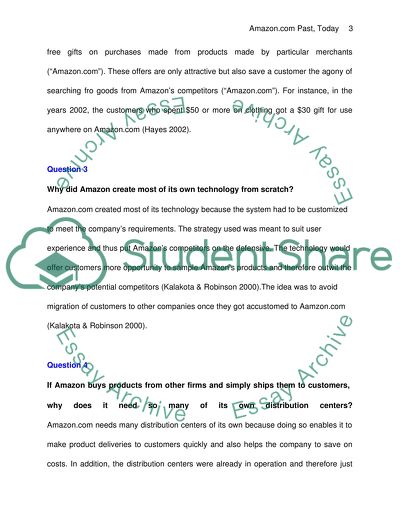Cite this document
(“Primary Causes of Problems at Amazon.Com and their Remedies Case Study”, n.d.)
Retrieved from https://studentshare.org/marketing/1520073-amazon-past-today-and-how-they-got-there
Retrieved from https://studentshare.org/marketing/1520073-amazon-past-today-and-how-they-got-there
(Primary Causes of Problems at Amazon.Com and Their Remedies Case Study)
https://studentshare.org/marketing/1520073-amazon-past-today-and-how-they-got-there.
https://studentshare.org/marketing/1520073-amazon-past-today-and-how-they-got-there.
“Primary Causes of Problems at Amazon.Com and Their Remedies Case Study”, n.d. https://studentshare.org/marketing/1520073-amazon-past-today-and-how-they-got-there.


